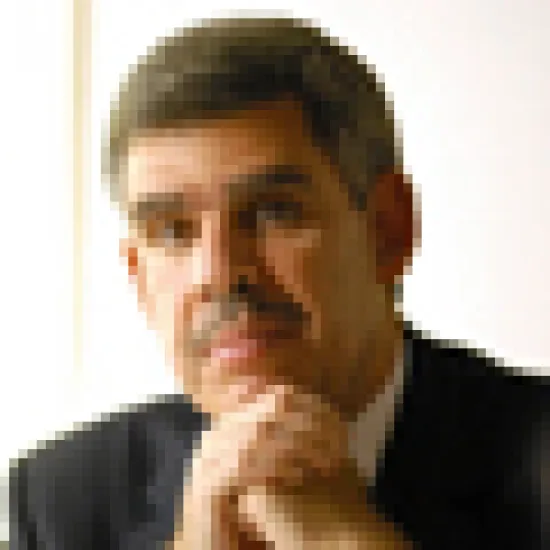Mohamed El-Erian’s economic forecasts are as easy to catch on TV these days as weather reports — and might be more accurate. Ever since coining the term “the new normal” to describe developed countries’ glum economic prospects — lackluster growth, persistent unemployment, sluggish markets — the CEO and co-CIO (with Bill Gross) of mega–money manager Pacific Investment Management Co. has been in media outlets’ regular rotation.
So II Senior Writer Frances Denmark decided not to ask him about his well-aired economic views. Instead, she got him to reveal what he learned about the odd ways of money managers while running Harvard Management Co., the university’s giant endowment, from 2005 to 2007.
Now 52, El-Erian, who holds advanced degrees from Oxford and Cambridge, spent 15 years at the International Monetary Fund before joining the private sector in 1998. Hired away from Pimco by Harvard in the fall of 2005, after its endowment’s legendary CIO, Jack Meyer, and several deputies left to start a hedge fund, El-Erian hastily rebuilt the staff and in the fiscal year ended June 30, 2007, guided Harvard to a better-than-respectable 23 percent gain before returning to Pimco at year’s end.
1 How does having run the U.S.’s largest endowment influence how you approach your job now as an asset manager?
There were lots of lessons. You get to see hundreds of managers — both those who manage your money and those who would like to. The first thing you see, which is incredibly educational, is how different managers think about common issues. You end up doing a compare-and-contrast analysis, which is helpful because you come across good practices and bad.
2 How did you put your analysis to practical use?
You learn very quickly that managers can act as a herd. You need to follow closely what your managers are doing, because they can get sucked into the same trades quite easily. We called it by a silly tech term: a “daily concurrent beta exercise” — the sensitivity of managers to the market. It’s not enough to have diversification; it’s also important to supplement your manager diversification with what I call internal overlays.
3 How did you do that?
By thinking about risk factors. For example, if virtually all of our equity managers took a part of their allocation and put it into emerging-markets equities — which go up and down very rapidly — our equity exposure was in fact higher than what the numbers showed. So we sold equities to bring our actual equity exposure back to the risk limits. That was a risk management step; we weren’t taking a view on the market. When our managers were all doing the same thing, it put us beyond our risk guardrails, and we had to bring the equity allocation back.
4 What is the most important question to ask money managers?
I always asked, “When you’ve made mistakes in the past, was there a common pattern to them?” Normally, there are two types of mistakes in investment. Type A involves people who are too cautious or risk-averse and leave money on the table, so they tend to underperform in bullish markets. Type B are people who are risk-loving. If you are doing the cooking, you want both types in the kitchen. You look at their behavior in different cycles. You try to get into a manager’s DNA.
5 Which are you at Pimco — Type A or Type B?
If we are forced to make a mistake — and we do our utmost to avoid mistakes — we would rather leave returns on the table than lose capital.






